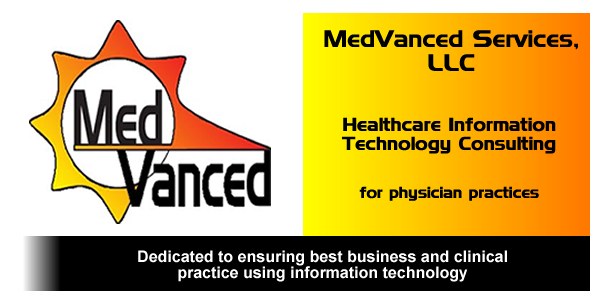Typically, the administrative role in a health care facility involves billing, transcription, filing and various tasks relating to managing the whereabouts of a patient’s chart. The EHR significantly reduces the time and resources needed to carry out these tasks. The following examples are of ways the EHR accomplishes this, paired with excerpts of case studies supporting the claim.
The EHR eliminates the need for a chart to be pulled and refilled, which saves administrative personnel time. “The average number of chart pulls per day went from 60 in 1995 to zero…three filing clerks were reassigned to other tasks.” 1 The EHR also saves time on searching for lost charts. “We have no more lost charts, and my…physicians are more productive than ever,” said Adams. 2
The EHR enables simultaneous access to various parts of a patient’s record, such as a physician documenting a visit while the office posts a co-payment to the account. Also, through a check-in and check-out process, various clinicians can document within a record. The result is a savings of time with chart “hand offs” to do these types of tasks. “Patient charts…are easily accessible at all times.” 3
Physical storage space and time to archive and retrieve a requested chart is eliminated. “Storage of charts is also no longer an issue.” 4 Transcription is another eliminated burden since the record is automatically populated as the physician keys in information, chooses from a drop down menu, or uses voice recognition features. “After installation of the EHR…my transcriptions costs decreased to zero.” 5
The billing of claims is a more efficient process with an EHR in that procedures are automatically coded properly as well as error checked (“scrubbed”) into interfaced billing systems. “I am charting at the point of care, so I miss nothing and because of that we are billing more accurately…the clinic’s average billing rate has increased more than 30 percent. In addition, Dr. Amos’ clinic has become more efficient. He had previously paid third-party billing companies for years. Now his office manager uses the system to bill electronically, allowing him to reduce his business expenses and add revenue. 6 Claims are also automatically generated and electronically sent in a simple batching process. “Billing code posting has been eliminated.” 7
In conclusion, several tasks can be radically simplified when employing the use of an EHR, specifically in the administrative realm of the healthcare industry. With the main savings of personnel time in the redundancy of duties as well as resources to carry out these duties, it is easy to see how the EHR can claim to be such an efficient tool in health care.
Works Cited:
1 http://www.sunshine-healthcare.org/content/files/davies_2003_primarycare_cooper.pdf
2 http://www.pcc.com/practmgmt/business/CPAcasestudy.lowres.pdf
3, 4 http://www.cchit.org/files/csLanierSurgical.pdf
5, 7 http://www.sunshine-healthcare.org/content/files/davies_2003_primarycare_cooper.pdf
6 http://www.cchit.org/files/csAmos.pdf
Subscribe to:
Post Comments (Atom)

No comments:
Post a Comment